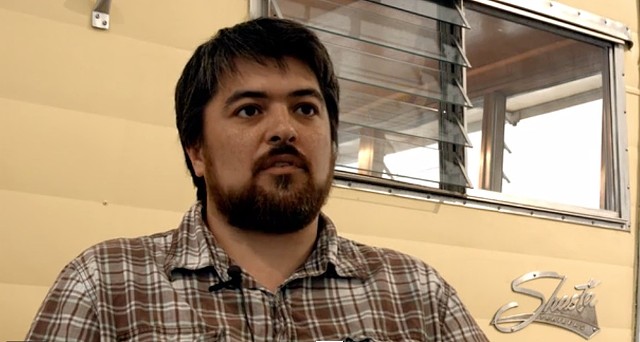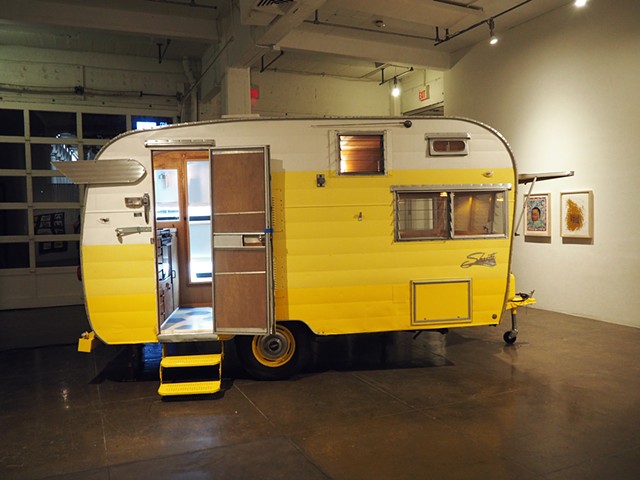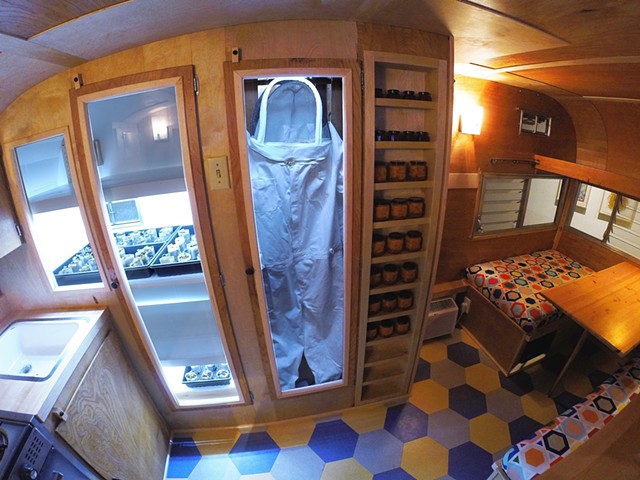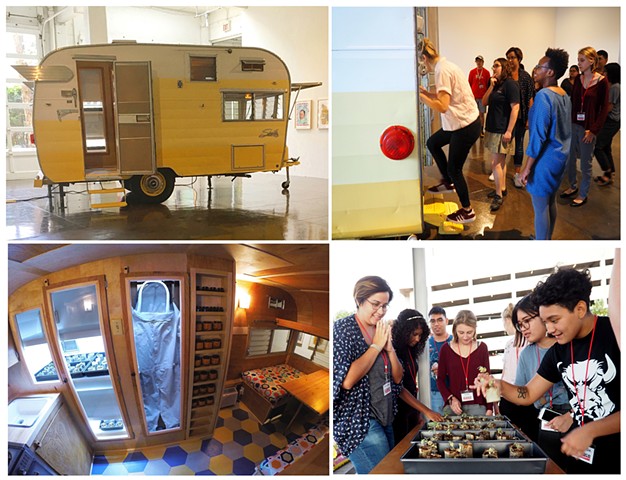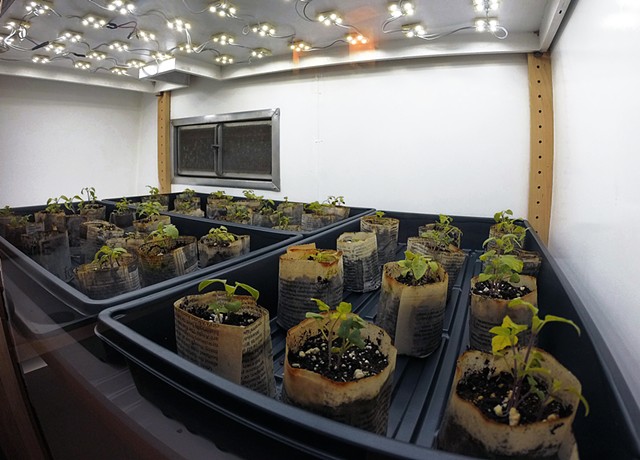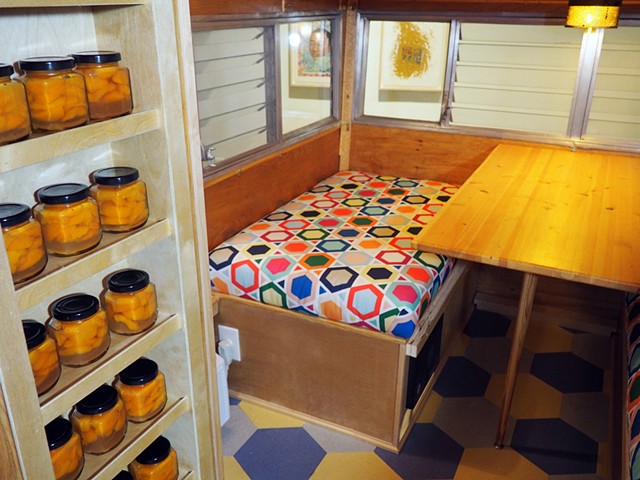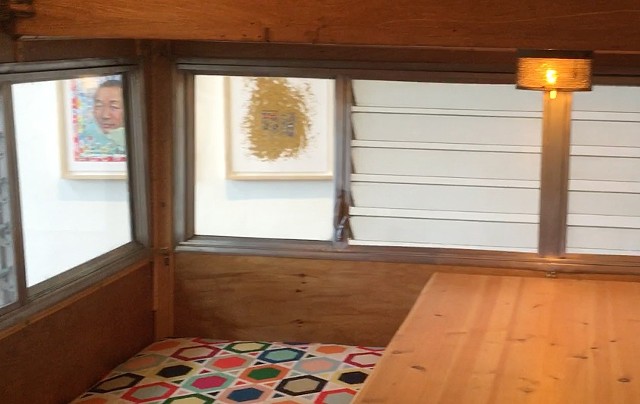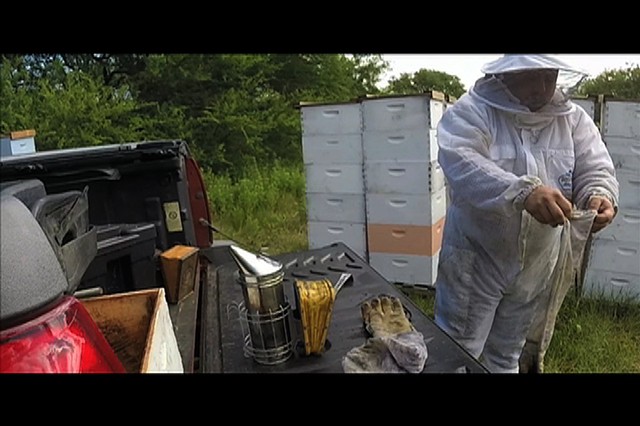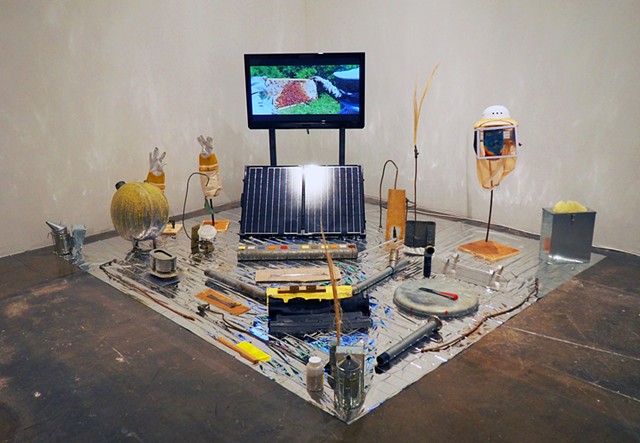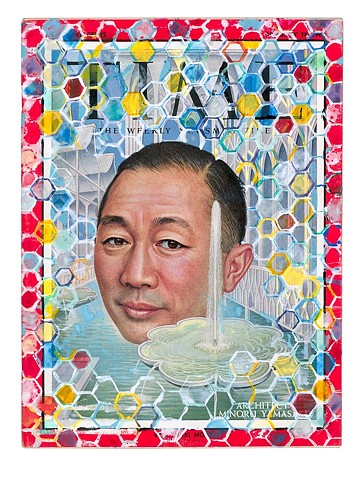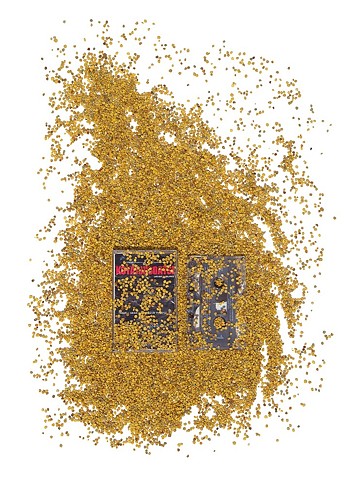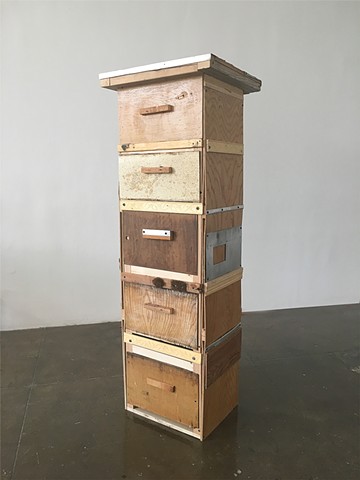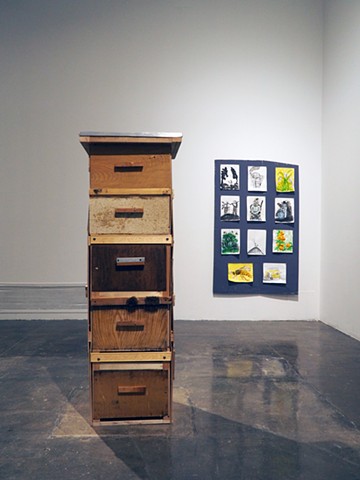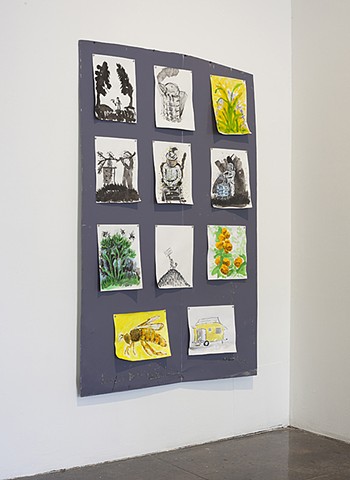They didn't know We Were Seed
Artpace, San Antonio, TX
ABOUT THE EXHIBITION
Tell us about your approach to making work.
Making art is a breathe-in and breathe-out process. When breathing in, I’m making art, developing ideas, and having conversations. While breathing out I’m activating the art and sharing the studio research or space I have created. I’m really interested in the artist being a member of society rather than just participating in the art world. Sharing and collaborating with people is an important part of my process. Working as a group is how ideas are activated, so it’s important that I not have any preconceived notions. That way the collective can naturally influence the evolution of the idea.
How has this particular project evolved?
The Pruitt-Igoe Bee Sanctuary developed around the legendary housing projects in St. Louis that were built in the 1950’s and imploded in the 70’s, leaving a massive 33-acre vacant lot that over time has slowly transformed into an urban forest. The urban forest serves as inspiration to develop a proposal for the site that uses creative strategies to activate vacancies through beekeeping and urban agriculture. That’s where it all began. We created an off-site pilot program that started with a summer program consisting of beekeeping, agriculture, cooking, and art for local child in the neighborhood. Over the past 3 years, we have added paid summer jobs for young adults and a senior women’s support group. To complete the pilot program we tried to develop a small business or social enterprise component that could generate funds to go back into our program and also function as a space for job training. The project here at Artpace is the launch of this component—fixing up a vintage trailer to become a Mobile Honey Market.
Where do you see this work going?
I’m definitely an artist that wears many hats, as my projects consist of various elements.
I have a philosophy of how life changes and evolves—the environment changes and evolves so ideas must also change and evolve. Right now the trailer will be a Mobile Honey Market, but in a year it could be something else; it’s designed with that flexibility. It would be great to travel with the trailer in order to learn more about urban ecosystems by talking about beekeeping in different cities. Artpace is the first time we’ve actually interviewed a local beekeeper. Cameron Perez from Perez Beekeeping discussed Africanized bees and the ecosystem in San Antonio. We hope this project will inspire invitations from other cities where the trailer can travel and we can interview and film more beekeepers. In three years, we will potentially have a collection of studio research about beekeeping that could provide us with more information and awareness about bees and the urban ecosystem that can be used to publish an urban almanac.
Has this residency affected your art making process?
Artpace has given me time and space to develop my ideas and the support of a team of people with amazing skills to realize these ideas all at the same time. Obviously, Artpace is a totally special place. I’ve encountered very few places like this where everyone is so used to collaborating and working together. I wouldn’t have been able to get my project done without that support of the Artpace staff. The trailer and exhibi- tion has definitely been a large collaboration. Not only did we fix up the trailer, but also I was able to create sculptures, a multimedia installation, and a film of a hive inspection with a local beekeeper. Additionally, I was able to create two prints with the legendary Hare & Hound Press. The Artpace residency has had a major impact on my work.
Tell us about the role of beekeeping in your work.
I’m inspired by artist Joseph Beuys’ works with bees. He viewed bees as a symbol of society due to the nature of how they live and work together. He was also fascinated by the alchemy of honey production and used honey in many of his works. The collective- ness of the hive is a powerful and natural way of living and working. Working together to transform ideas and space plays a major role in my work. Bees teach me how to work within a group, how to build space as a group, how to transform ideas to make honey, and the alchemy of the studio within an ecosystem. For me bees and humans are the same. We enjoy a lot of the same plants and smells. We need them and they need us. A better environment for the bees is a better environment for humans, and as humans we forget that we are part of an ecosystem. Bees remind me of that, which keeps me grounded and connected.
